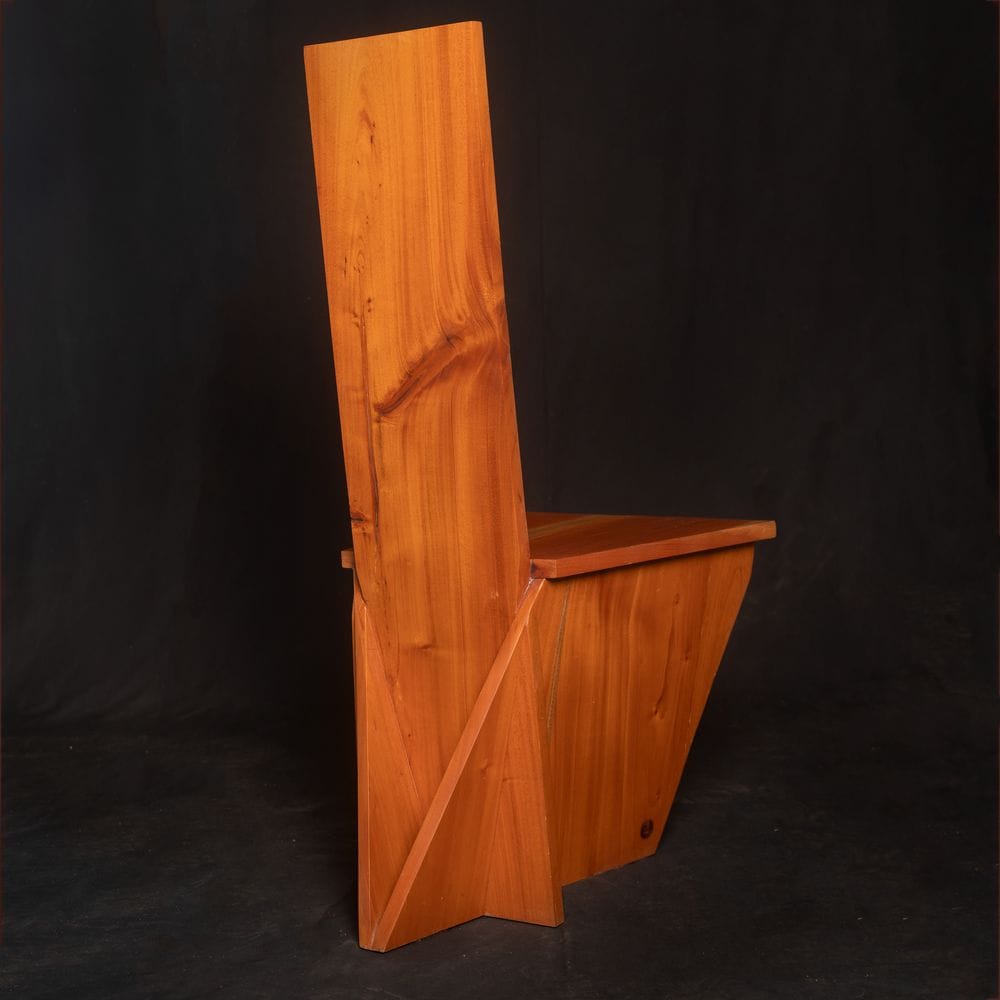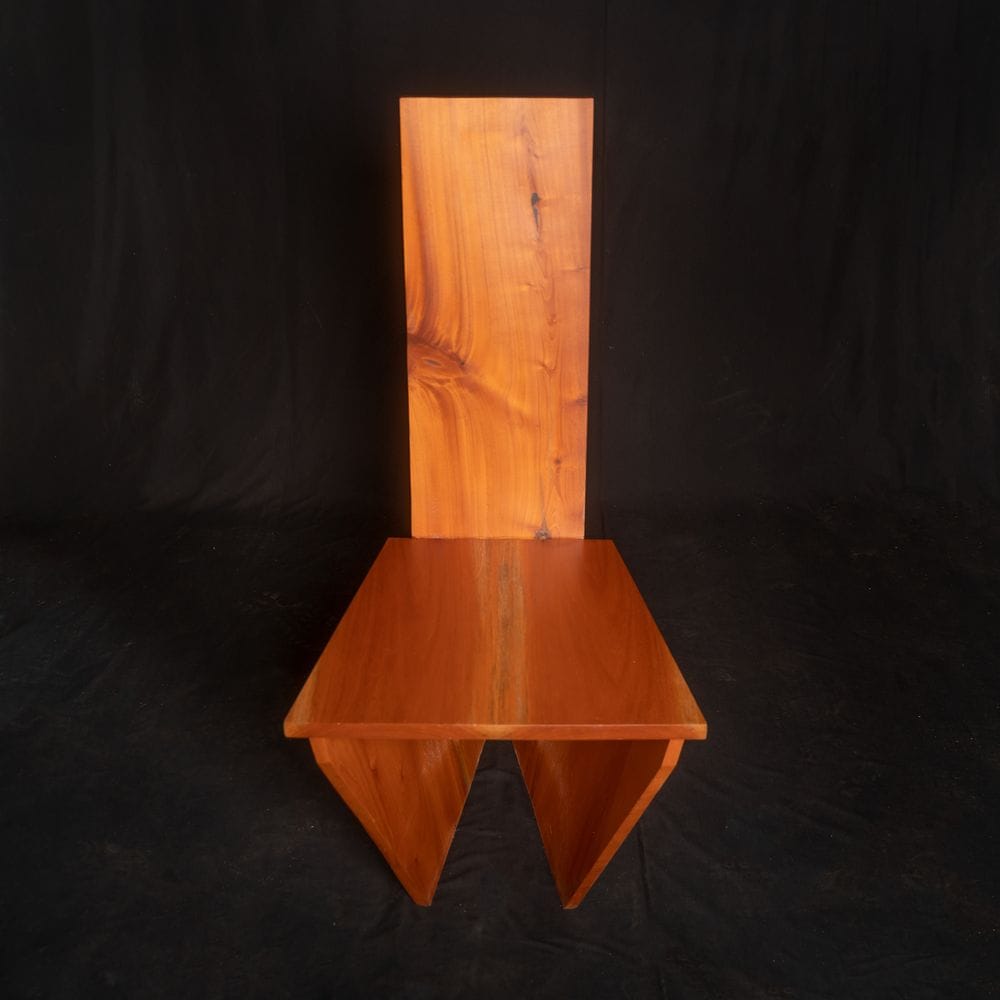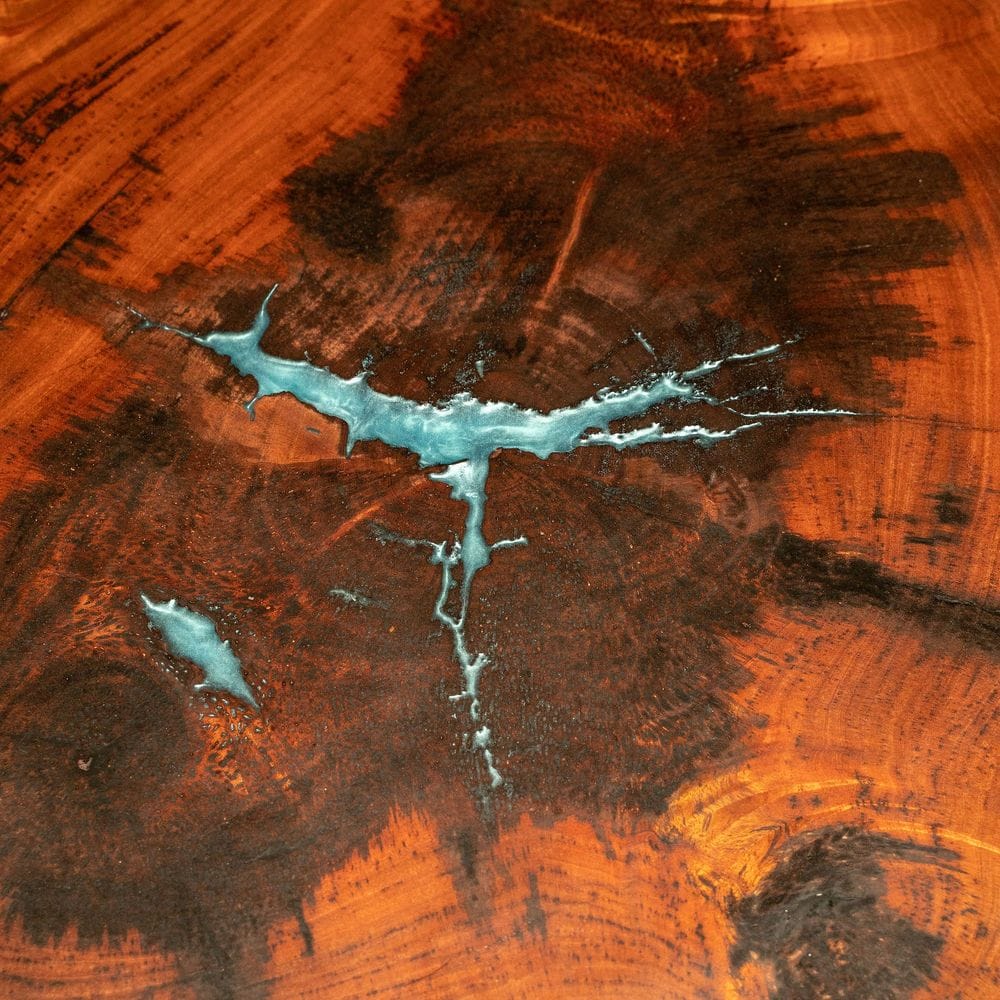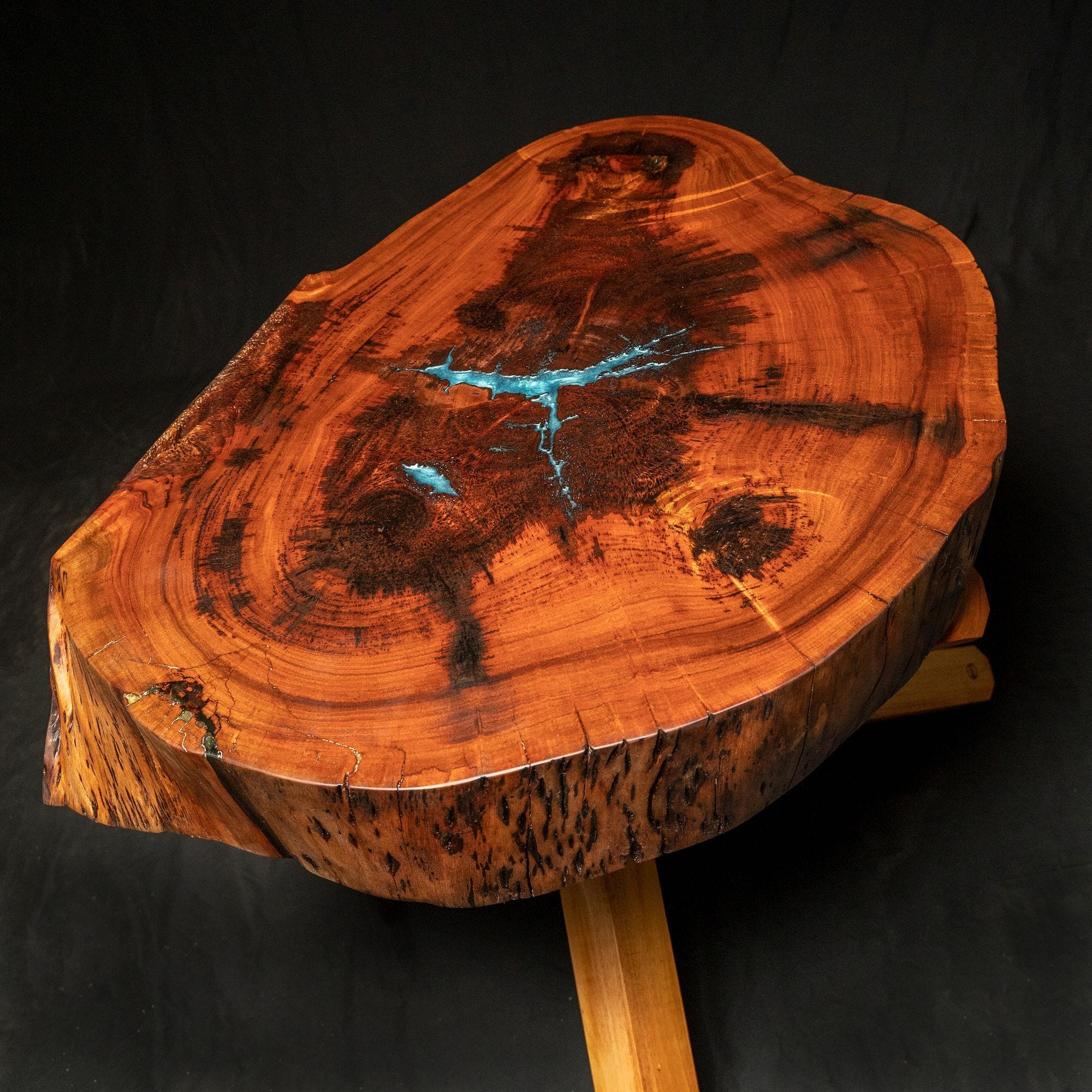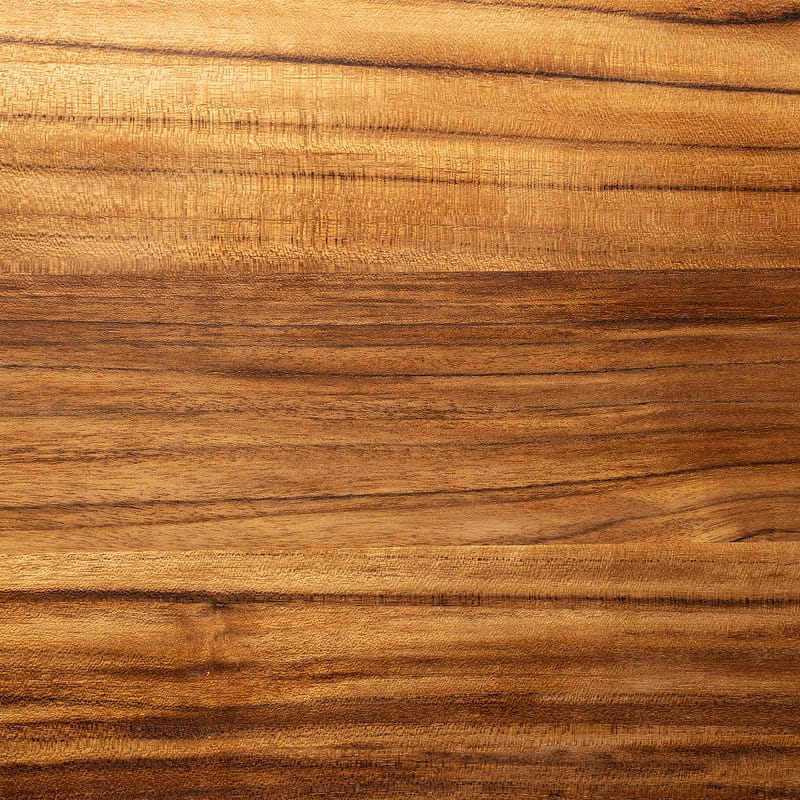South American Mahogany, scientifically known as Swietenia Macrophylla, is renowned for its beautiful heartwood that spans a range of light to dark reddish-brown colors. With a straight to interlocked grain and a medium to coarse, uniform texture, this wood occasionally features dark-colored gum or white deposits within its pores. Weighing between 34 to 40 pounds per cubic foot, it originates from various countries in South America, earning names like Central American Mahogany, British Honduras Mahogany, and others, based on its specific country of origin.
Mechanically, South American Mahogany presents low bending strength and medium crush strength, alongside very low stiffness and resistance to shock, though it has moderately good steam bending characteristics. This makes it a pleasure to work with, whether using hand or power tools, and it readily accepts glue, nails, and screws, achieving an excellent finish when stained or polished.
While the sapwood is vulnerable to attacks by powder post beetles and common furniture beetles, the heartwood boasts durable qualities and shows extreme resistance to preservative treatments. Seasoning is generally rapid and effective, with minimal distortion, although kiln drying can result in significant shrinkage due to tension wood and glutinous fibers. The wood demonstrates small movement post-drying.
South American Mahogany is prized for high-class furniture and cabinet making, boat interiors, pianos, pattern making, carving, and more, thanks to its aesthetic appeal and workability. It is also used in the production of reproduction furniture, veneers, moulds, and dies. Despite the historical significance of its relative, Cuban or Spanish Mahogany (Swietenia Mahogani), which was once the most cherished cabinet wood globally, South American Mahogany continues to hold commercial importance today, a testament to its enduring value and versatility in woodworking and fine furniture making.

